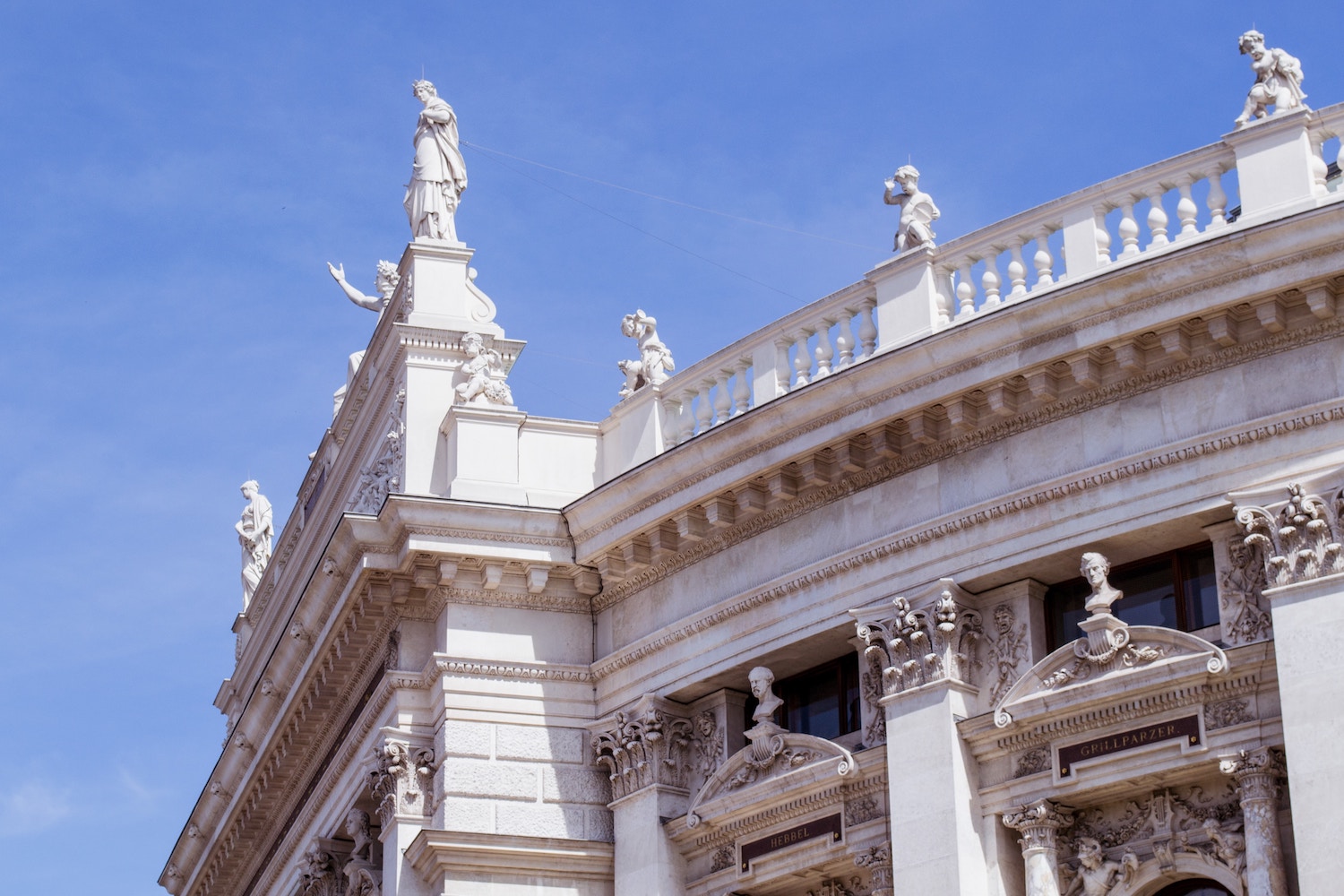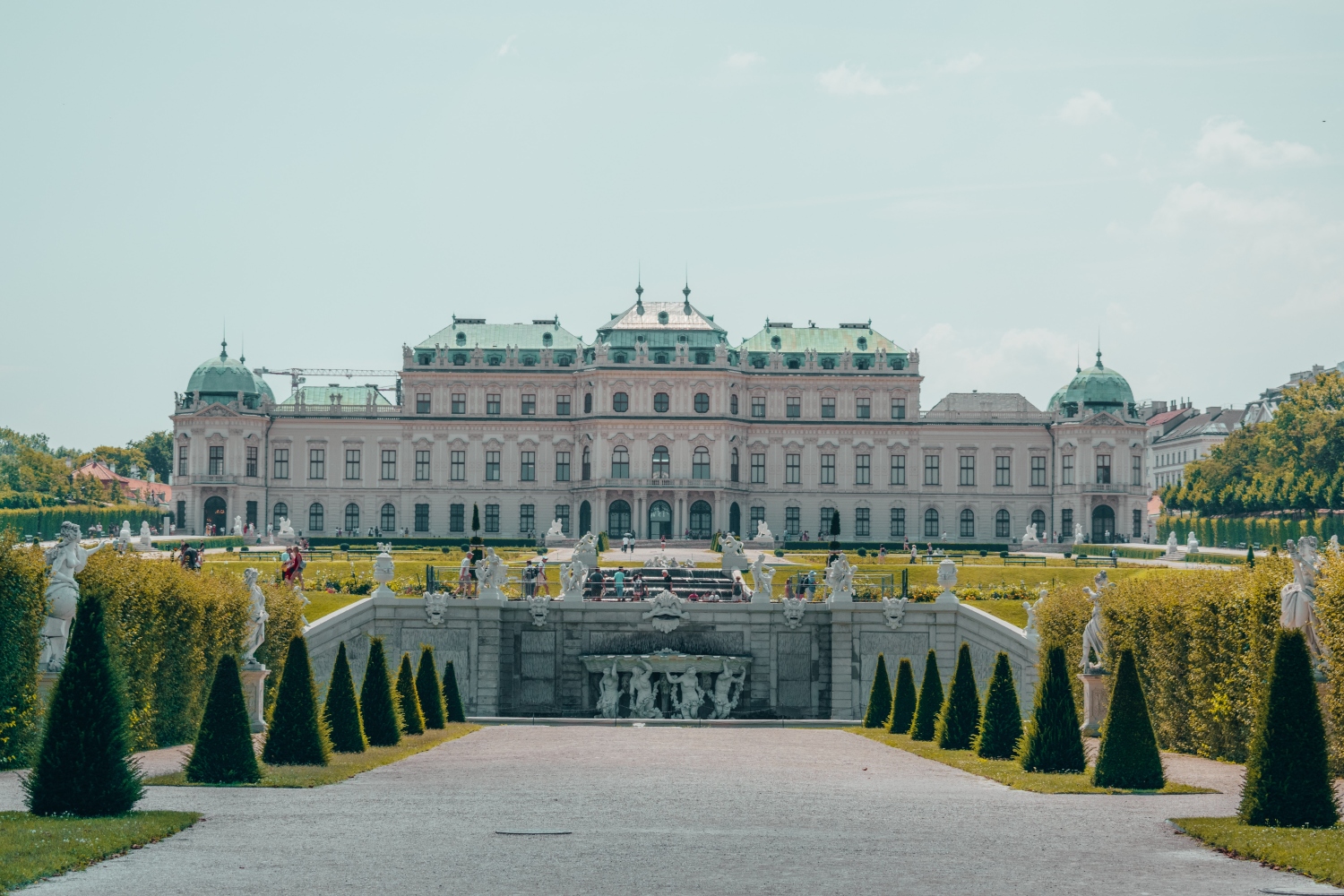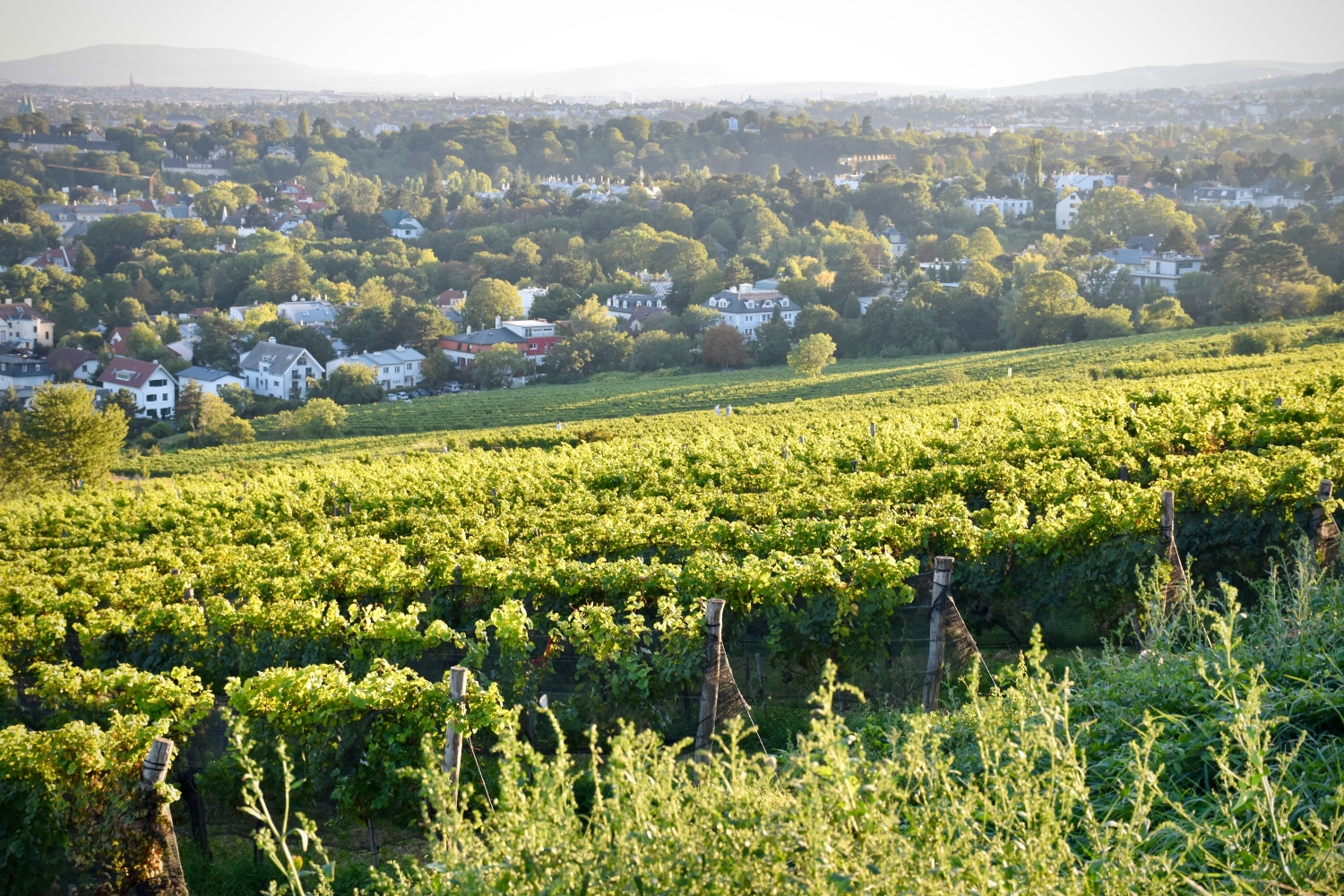

Looking to learn more about Vienna, the City of Music? Then keep reading for some of the most interesting and best fun facts about Vienna, Austria!

Back in Austria in the year 1900 a man named Erwin Perzy I accidentally creates a glass sphere filled with water and white particles that resemble snow. Interestingly, he was actually trying to create a bright light source for use in surgical lamps. However, he ended up with a magical invention that would later enchant the world. Today, snow globes are found in shops all around Vienna. Including in Perzy’s original shop where his descendants are still making snow globes to this day!

Vienna’s coffee house culture dates back to the late 17th century when the first coffee house opened in the city. At a Viennese cafe you can enjoy a relaxed and elegant ambiance, where many spend hours reading, writing, or conversing over a cup of coffee. In fact, Vienna’s coffee houses inspired famous writers, philosophers, and artists. Including Sigmund Freud, Gustav Klimt, and Johann Strauss. It was even declared an Intangible Cultural Heritage by UNESCO in 2011. Today, Vienna boasts over 600 coffee houses with traditional drinks, pastries, and meals. If you want to know where to start, check out these 5 coffee shops with seriously good coffee.

The incredible Schönbrunn Palace was originally built in the 17th century as a hunting lodge for Emperor Leopold I. Subsequently, it was developed and expanded by his successors into the eye-catching Baroque palace it is today. The palace was the summer residence of the Habsburgs and it is now used for tours, conferences, concerts, and events. It has 1,441 rooms and covers an area of 435,000 square metres, making it one of Europe’s most impressive Baroque complexes! During your visit, make sure to walk the vast palace grounds, where there are plenty of trails and points of interest.

Vienna is home to numerous world-class museums that offer visitors a glimpse into the cultural and historical heritage of the city. One of the most famous museums in Vienna is the Kunsthistorisches Museum, which houses an extraordinary collection of art and antiquities from around the world. Another must-visit museum is the Albertina Museum, which is famous for its extensive collection of graphic art. Including drawings and prints by Leonardo da Vinci, Michelangelo, and Pablo Picasso. Other worthwhile museums are the Jewish Museum, the Museum of Natural History, the Belvedere Museum, and the number of museums in the Museumsquartier! Whether you are interested in art, history, or science, Vienna has something for everyone.
Travel Tip: Buy a Vienna Pass for free access to many museums in Vienna!

The world’s oldest surviving Ferris wheel is located in Vienna, Austria and it is known as the Wiener Riesenrad. The wheel was built in 1897 to celebrate the 50th anniversary of Emperor Franz Joseph I’s accession to the throne. Furthermore, the wheel stands at 64.75 metres tall and has 15 cabins that can hold up to 15 passengers each. What’s interesting is that the wheel has had a turbulent history – it survived two world wars, a fire in 1944, and a terrorist attack in 1979. Today, it is one of Vienna’s top attractions and visitors can also ride in the same cabins used by Marilyn Monroe and Orson Welles.

The Vienna Boys’ Choir is one of the world’s oldest and most renowned choral ensembles. Its origins date back to the medieval period when the choir sang at the Viennese court and played a key role in the music life of the city. The boys’ choir is comprised of around 100 choristers, aged between 9 and 14, who are selected through a rigorous audition process. The choir performs a wide range of music, from classical choral works to popular songs and folk tunes. Over the years, the choir has worked with some of the world’s most celebrated composers and musicians, including Mozart, Haydn, and Bruckner.

Vienna’s architecture is characterized by imposing palaces, churches, and public buildings that showcase the city’s affluence and status. The city’s Baroque architecture is probably its most famous style because of its grandiose design. The Hofburg and Schönbrunn Palace are prime examples of Baroque architecture in Vienna. Additionally, Vienna’s Art Nouveau architecture is found at notable structures such as the Secession building and Otto Wagner’s modernist creations. In addition, the post-modern era saw the creation of iconic structures such as the Hundertwasserhaus and the Donauturm. In summary, Vienna’s architecture is an eclectic mix of styles that reflects the city’s cultural and historical influences.

The invention of the croissant is often credited to a French baker, but it was actually an Austrian man named August Zang. Zang had worked at a Viennese bakery before opening his own in Paris, where he introduced the pastry to great success. This pastry was called the kipferl and it later transformed by the use of pastry dough and butter. Thus creating the croissant we know today. Of course, the croissant has become a beloved symbol of French cuisine and we understand why. However, if you want to thank someone for the delicately delicious pastry then it should be Austrian August Zang.

Viennese balls are an important part of Vienna’s social and cultural life. They are held during the winter season and are known for their dazzling décor, elegant gowns, and traditional music. Additionally, balls are held in grand venues such as the Hofburg Palace and the Musikverein, and attended by members of the aristocracy. However, by the early 19th century, they became popular among the middle classes as well. Even during World War II, the balls continued as they were seen as a morale booster for the people of Vienna. Note that the first Viennese ball was held in the late 18th century and today, there are over 450 balls held each year in Vienna.

Vienna, Austria has a rich history of wine-making dating back to the Roman times. In fact, the city lies in the eastern wine region known as Weinviertel, offering a unique environment for vineyards. Vienna’s winemakers are known for producing quality wines, with a focus on traditional grape varieties grown in the region. Such as white wines like Grüner Veltliner and Riesling. If you are wine enthusiast, Vienna should definitely be on your radar! Unquestionably, the region offers exceptional wines that you won’t find anywhere else.

You cannot talk about Vienna without mentioning Mozart. The prolific composer was born in Salzburg but spent much of his time in Vienna, where he eventually died. Unsurprisingly, odes to Mozart are everywhere – with statues, museums, concerts, candies, and names adorning cafes and buildings. In fact, Mozart moved around 14 apartment buildings in Vienna during his life! Not only is Mozart deeply rooted in the city, but a handful of the world’s greatest composers were inspired by and stayed in the Austrian capital. Along with Wolfgang Amadeus Mozart, Franz Schubert, Johann Strauss II, Anton Bruckner, Gustav Mahler, and Arnold Schoenberg lived in the city. These composers have not only enriched Austria’s culture, but have also made significant contributions to the development of music.

The year is 1913 and in Vienna, a group of famous individuals are living in Austria’s capital. Those names? Sigmund Freud, Adolf Hitler, Joseph Stalin, Leon Trotsky, Josip Tito, and Gustav Klimt. Freud, the father of psychoanalysis, already established himself as a prominent figure in the city. As well as Klimt, the symbolist painter with famous works such as “the kiss” and “death and life”. Compare to the others who were still trying to gain recognition. In fact, Hitler was a struggling artist, Stalin worked as a revolutionary, Trotsky was a journalist, and Tito was a factory worker. While it’s highly unlikely they enjoyed a coffee or concert together, it is strange to know that they were all living in the same place at the same time.
Thanks for reading these fun facts about Vienna! Check out the city guide for tips and recommendations for your trip, or sign up to our newsletter for more fun facts and travel inspiration.
Add your name to our list for the latest updates and best recommends!